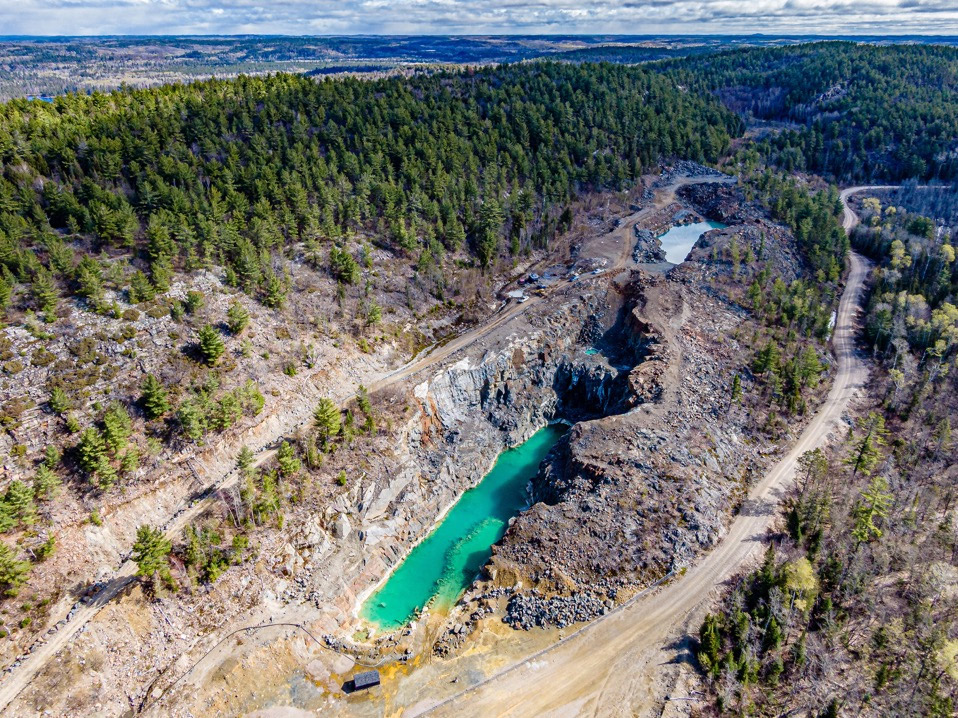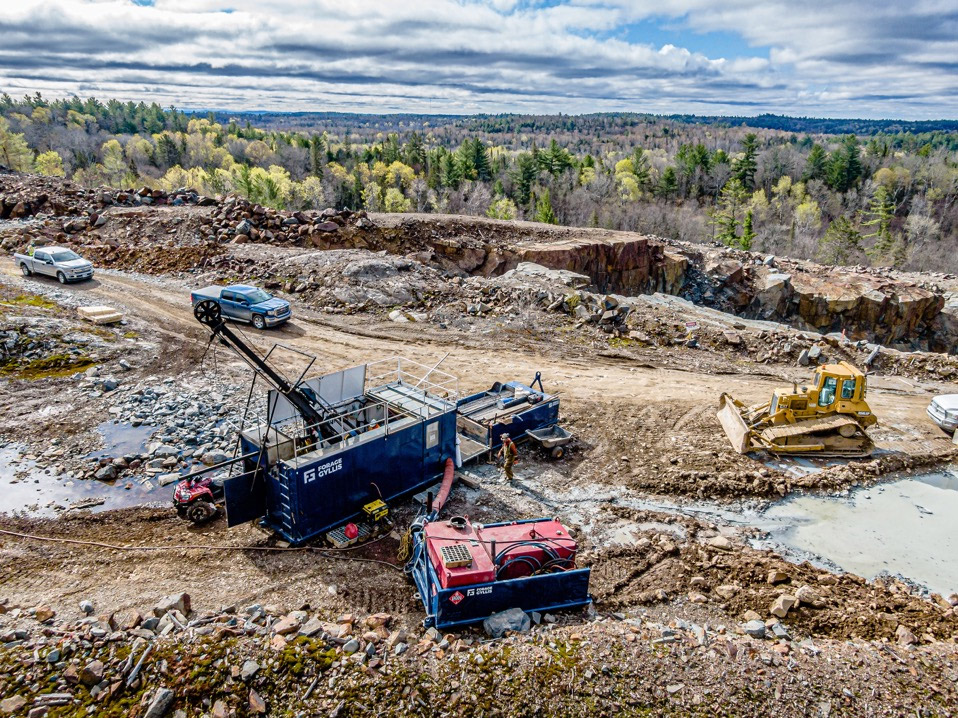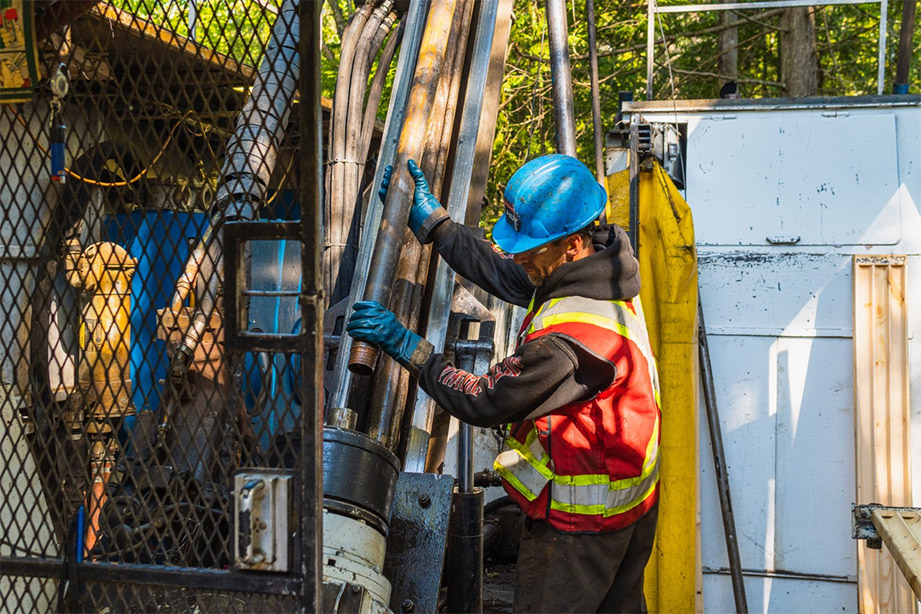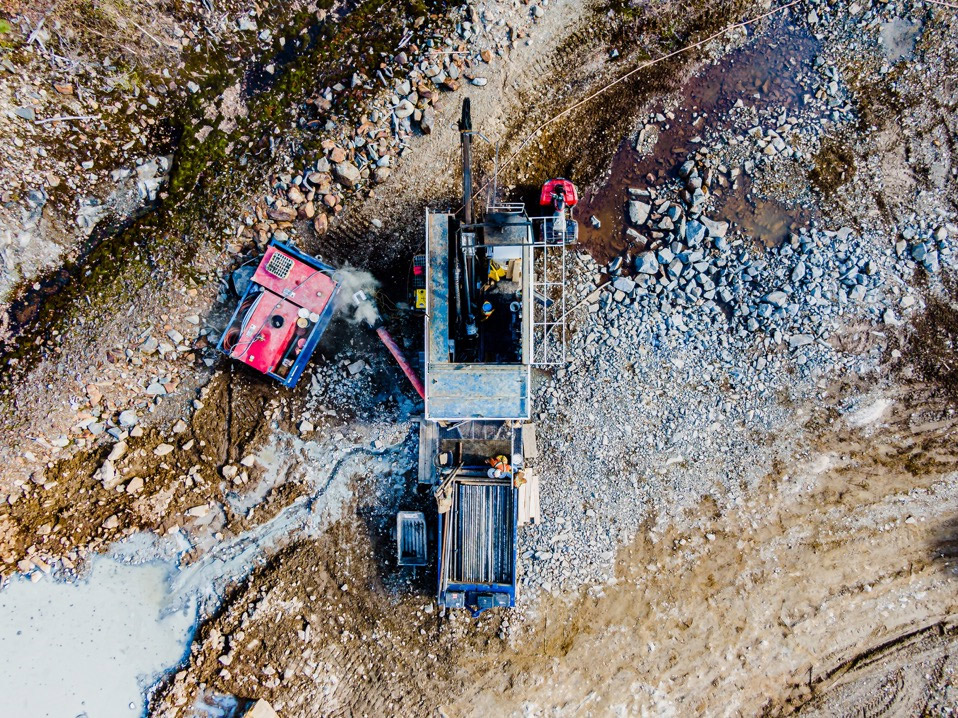JV article: Magna Mining aiming to capitalize on a once in a generation nickel cycle


Nickel sulphide deposits are currently the most reliable source for the Class 1 nickel products required to produce battery-grade nickel.
As the demand for battery-grade nickel steadily climbs with each passing year, the lack of new nickel sulphide discoveries becomes more acute.
According to S&P Global, between 1990 and 2019, of the 10 major sulphide discoveries globally, only Vale's Voisey's Bay in Canada was in production in 2020. Of the remaining nine, only three have a completed feasibility study and could move towards production over the next several years (S&P Global, 2020).
The inescapable conclusion is that the structural shift towards electric vehicles (EVs) should underpin strong nickel prices for the foreseeable future. More specifically, the primary beneficiaries would appear to be producers with nickel sulphide deposits who can cost-effectively produce the class 1 product required by the rapidly growing battery industry.
Acquiring Shakespeare
However, the associated implications for nickel demand from this structural shift haven't always been as apparent as they are today. In fact, it was only five years ago that the outlook for nickel was markedly different as prices hit a 10 year low in 2016. Surprisingly, this was only six years after the incredible success of Sudbury nickel and copper miner FNX had culminated in a $1.7 billion buyout from Quadra.
For the Sudbury-based former FNX Mining team who founded Magna Mining (TSXV: NICU), the market apathy towards nickel as prices hit their troughs in 2016 was the opportunity for which they had been patiently awaiting. After identifying the past-producing nickel-copper-platinum-group metals (PGM) Shakespeare mine as an asset of strategic importance for the Sudbury region, the Magna team approached the owners subsequently agreed to sell Shakespeare to them to focus on other core projects in their portfolio.

"We knew from our experience in the region that high quality, easily accessible nickel sulphide deposits like Shakespeare are incredibly hard to find, and there are very few places in the world that can boast the nickel mining history of Sudbury," CEO and director Jason Jessup tells The Northern Miner.
Initially, the Shakespeare property was owned by Falconbridge (now Glencore) before being optioned to junior explorer Ursa Major in 2000. Under the ownership of Ursa Major, the open-pit mine was briefly in production from 2010 to 2012. A combination of low nickel prices and the non-renewal of a toll milling contract with Xstrata (Glencore) forced the open-pit mine to go on care and maintenance in early 2012. As long-term Sudbury miners and geologists, the team at Magna Mining soon recognized the opportunity to buy a permitted mine and mill site with an existing resource at the bottom of the market.
Now, four years later, after a recent $7 million successful capital raise and listing on the TSXV, Magna Mining is well positioned with an advanced stage project that also includes 180 sq.km. of exploration potential adjacent to the world-famous Sudbury basin, host to some of the most significant nickel sulphide deposits ever to be discovered.
Permits in place
Shakespeare has an existing compliant National Instrument 43-101 resource and major permits in place to construct a 4,500 tonne per day mill and the restart of open-pit mining. According to Jessup, these permits and the prior production at the brownfield Shakespeare mine provide a potential fast track back to production.
The project is 70 kilometres from Sudbury, and there is toll milling and smelting capacity within trucking distance of the mine. "It is this existing capacity which could potentially allow us to get started on production at reduced capex because we wouldn't necessarily need to construct a mill immediately," says Jessup.
The prior production at the project also served to de-risk the metallurgy at Shakespeare. Jessup notes that previous processing at an existing Sudbury mill (via toll milling) demonstrated "excellent recoveries" using standard flotation processing. While in commercial production, the mine produced ore that had payable nickel, copper, cobalt, platinum, palladium and gold.
Shakespeare currently has an open-pit resource of 14.436 million tonnes grading 0.34% nickel, 0.37% copper, 0.02% cobalt, 0.34 gram per tonne platinum, 0.37 gram per tonne palladium and 0.19 gram per tonne gold in the indicated category.
It also has 1.7 million tonnes of open-pit resource grading 0.29% nickel, 0.31% copper, and 0.74 gram per tonne PGMs in the inferred category.
Exploration upside
Notably, Magna's existing resource draws upon only two deposits on the large land package, which is highly prospective for other nickel, copper and PGM discoveries. While a mining restart is actively being evaluated, the current Shakespeare deposit is open for expansion on strike, depth, and footwall.
"Regionally, there are more than 12 targets identified which have potential to host economic deposits that could feed Shakespeare or potentially be toll-milled in Sudbury," says Jessup.

This year, diamond drilling has been aiming to increase the existing resource by targeting the Gap Zone and extensions of the West deposit. The company has also conducted borehole electromagnetics from platform holes in the central footwall area of the deposit to identify new zones beneath the existing resource.
The early results have been encouraging; initial 2021 drilling intersected 33.8 metres of nickel-copper-PGM mineralization in hole MMC-21-15, which targeted the Gap Zone. These results were outside of the current mineral resource and extended outside of the 2021 open-pit resource shell.
The ongoing focus on exploration looks promising. An inversion of airborne gravity data had identified a dense anomaly in the footwall of the East Deposit, which may be related to the Shakespeare Intrusion. The gravity anomaly will be drill tested as part of the current drill program.
"Fieldwork has identified a mafic-ultramafic rock unit to the south of the deposit which could be a low-sulphide-PGM target, as well as a potential heat source and feeder system for the Shakespeare mineralization and potential footwall mineralization," says Jessup.
Additional drilling and follow-up will be conducted before the end of this years' exploration program. Meanwhile, the rest of the 180 sq.km. land package includes 30 kilometres of strike of underexplored, prospective geology for multiple base and precious metal commodities.

Some of the exploration targets that Magna has prioritized in their regional drill program include the Springer Pit, the P-4 target and the past-producing Spanish River copper mine site.
The Springer pit is a copper-gold target about 5 kilometres southeast of the Shakespeare deposit. At the same time, P-4 is a highly prospective target five kilometres to the west, which exhibits similarities to the Shakespeare deposit. "Recent work at the past-producing Spanish River copper mine site provides encouraging visual samples," says Jessup.
Assay results for these targets remain pending.
Jessup also believes that the land package remains highly prospective for making new discoveries, noting that the extensive magmatic system has the potential for high grades. The multiple untested new targets are supported by electromagnetic plates defined as early as 2015 by a versatile time-domain electromagnetic survey and confirmed by a 2021 ground EM survey.
"These electromagnetic geophysical targets have good accessibility and are all within less than 200 metres from the surface. These types of systems have the potential for deep roots. We will be systematically testing additional regional targets over the next 18 to 24 months," says Jessup.
A new paradigm for nickel
Within two years of the Falconbridge and Inco takeovers in 2006, and following record-high nickel prices in 2007, plunging nickel prices amid the great financial crisis of 2008 led to a severe curtailment of nickel exploration and development around Sudbury. But suddenly, the emerging battery metals paradigm gives nickel explorers and developers a new lease of life. The unprecedented increase in implied demand for class one nickel from the EV sector and a subsequent rebound in the nickel price finally seem to have created the right environment for new exploration and mine development to flourish once again in Canada's historic nickel production capital.
Indeed, the emergence of a new wave of corporate activity seems to bode well for the immediate future of the nickel sector.
So far this year, Tesla (Nasdaq: TSLA) has signed offtake agreements in anticipation of battery-grade nickel supply shortages. Australia has also witnessed constant speculation surrounding the consolidation of two of its largest nickel miners, Western Areas and IGO. The ongoing battle for Canada's Noront Resources (TSXV: NOT) between BHP (ASX: BHP) and billionaire Andrew Forrest's Wyloo Metals is just the most recent catalyst pushing the sector into uncharted territory.
Perhaps another conclusion to draw from this recent flurry of corporate activity is that EV manufacturers seem to be highly selective when executing supply and offtake agreements for nickel. Anecdotally, it is becoming increasingly apparent that EV manufacturers are keen to avoid sourcing nickel supply derived from production processes with a high carbon footprint and a significant environmental cost, an accusation often made against the nickel products that are sourced from laterite ores in Indonesia and the Philippines. This is not a surprise to the Magna team.
"We are not surprised to see the EV sector steer away from signing supply agreements with projects in these countries," added Jessup. "It's inconceivable that both EV manufacturers and consumers will ignore the supply chain for these critical battery metals.
"As a result, we're highly confident that nickel sulphide deposits, such as Shakespeare, in jurisdictions with established frameworks for environmental impact mitigation such as Ontario, will be at the top of the list as mining companies and EV manufacturers look to secure future metal supplies. We certainly expect to see more M&A activity in the sulphide nickel space as producers look to secure their next nickel development project," says Jessup.
Magna’s Toronto-quoted shares last traded at $0.47 per share, giving it a market capitalization of $27.6 million. The $7.0 million financing, concurrent with the reverse takeover transaction in May, was priced at $0.40.
The preceding Joint Venture article is PROMOTED CONTENT sponsored by Magna Mining and produced in cooperation with The Northern Miner. Visit magnamining.com for more information.
Comments